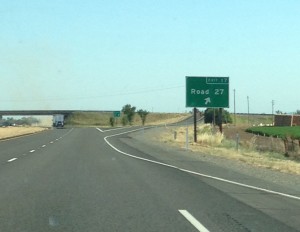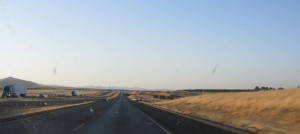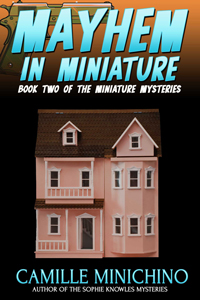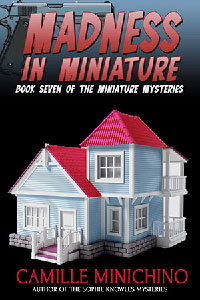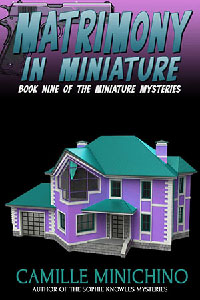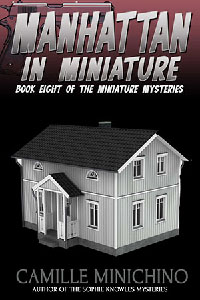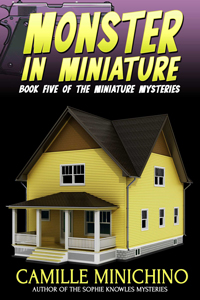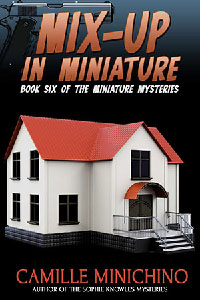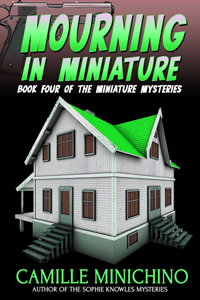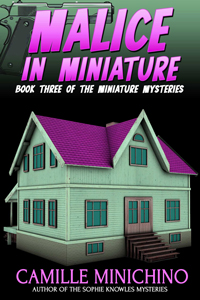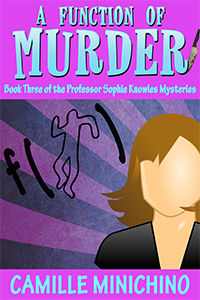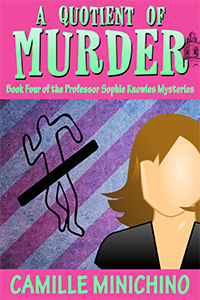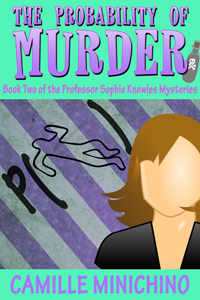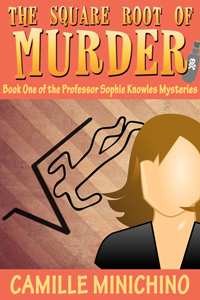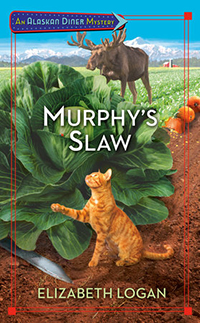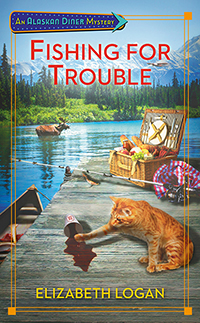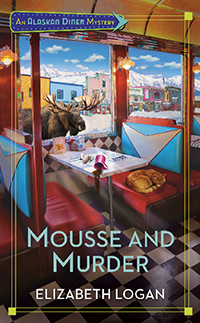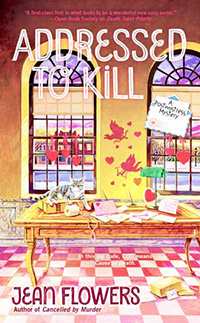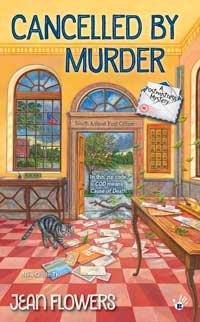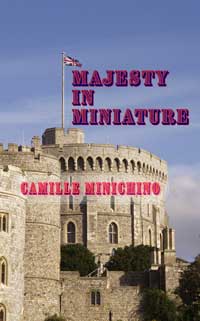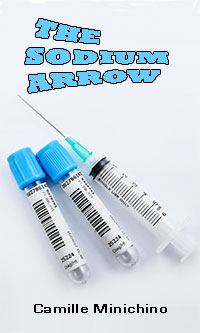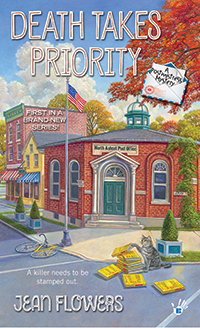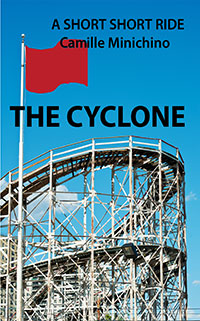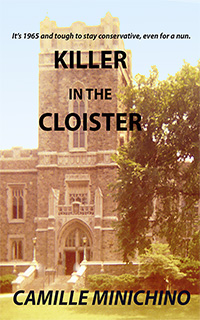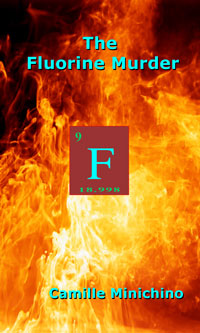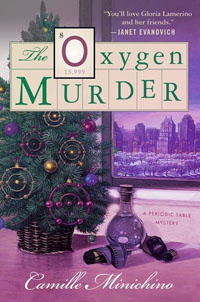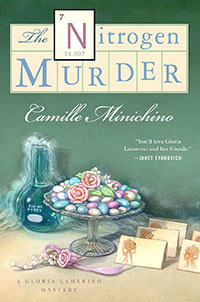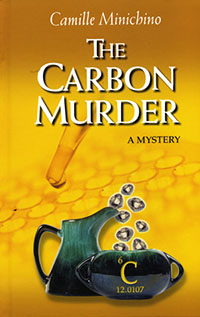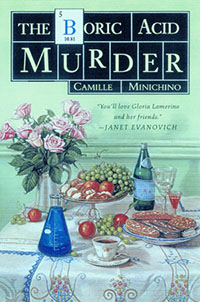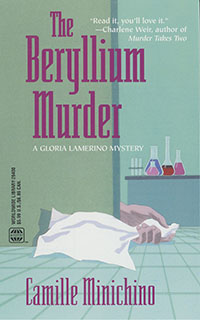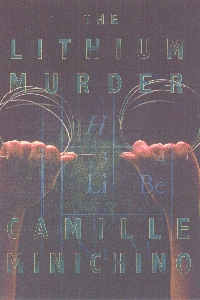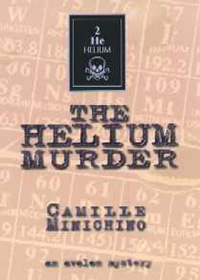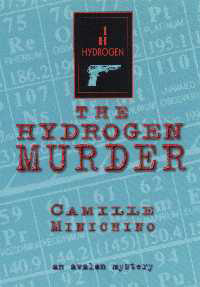Author FRAN WOJNAR visits The Real Me today with her story of diligent research for her novel, Magdalena’s Conflict. And, lest you think I’m partial to this book because the protagonist is Sister Camille: I met Fran long after her book was published!
Before writing the murder mystery Magdalena’s Conflict, I centered my research for Eliza, an Iowa Pioneer, on immigrant customs and stories. I had read the early Iowa Palimpsests and Annals of Iowa. A book about murder would be a challenge for me. If a TV program pictured a person with a gun or a police chase, I would switch channels. Since my story involved the possibility of poisoning and persons afflicted with emotional issues, I had “hard” research to do.
I started with cyanide, my choice of weapon. In Deadly Doses by Stevens and Klarner and Pocket Full of Rye by Agatha Christie, both authors mentioned the sources of cyanide in apricot pits, but, I needed the recipe. Two pharmacists eyed me with suspicion when I asked about the procedure.
I took a tour of the Contra Costa County Crime Lab where I met a police lieutenant who suggested I check out the drug called Laiatral, which contained small quantities of cyanide made from apricot pits. Laiatral, though illegal in the US, was used in Mexico as a treatment for cancer. I was assured that it could be produced in a kitchen in about an hour. I found the recipe in the Contra Costa County Library.
My next questions concerned autopsies. I needed to know things like: Would a body show trauma after ingesting cyanide? What trauma? If a body was buried five to six days, could cyanide be detected in an autopsy? Where? How soon after ingestion would death occur? Could the victim taste cyanide in a cup of coffee?
I called the coroner’s office:
“Flanagan here. This is the Contra Costa County Morgue. What is it you want?”
“I need to talk to the coroner about details for a book I’m writing.”
“The coroner doesn’t do autopsies. We contract with a group of pathologists. Give me your name and phone number and I’ll pass it along.”
Before 7:00 AM the next morning, my phone rang.
“Is this Fran? This is Dr. P. Do you want to come over to the morgue this morning? I’ve got a stack of bodies.”
Watching an autopsy never entered my mind. After I caught my breath. I managed to get out, “I need to ask you a few questions for a book I’m writing.”
“I’m here now. It’s up to you,” he responded.
“Can you talk while you work?”
“Sure.”
“I’ll be right over.”
When I arrived at the morgue, a deputy met me and ushered me down a dark hall into a large well-lighted room. If the musty odors that smelled like body fluids didn’t convince me, the three bodies on long tables did. Maybe it was the alarmed expression on my face that convinced the staff to gather close to me against the cupboards along the wall, cutting off the view of the tables.
To my surprise, they had questions for me: How long does it take to write a book? What’s the plot? Can we be in your story? Slowly, I began to relax and was able to get answers for my own questions.
Psychotherapy. In my novel Sister Camille believes Mother Rosaria was murdered. Because the newly elected Mother Cordelia thinks Sister Camille suffered from a persecution complex, she orders her to a psychologist. For this research, I asked a psychologist friend to role play potential psychotherapy sessions. In the exercise, my friend’s demeanor changed toward me. It was not our friendly discussions at home. He took the side of Mother Cordelia and agreed Sister Camille had a suspicious nature and the death of Sister Rosaria was none of her business. This irritated me. Sister Camille, whose role I played, wanted to shout, “You wait and see.”
In one session Raymond questioned Sister Camille’s relationship with her parents and siblings. He grabbed onto my childhood memories like a squirrel gnawing on a nut. I thought he distorted my tales. I felt bruised by our sessions.
My husband observed, “You’re finding out some things about yourself.”
I replied, “Huh, but, I don’t know if it’s Sister Camille or me.”
Police Procedures
For this research, I volunteered in the Juvenile Unit at the Contra Costa County Sheriff’s Office. The unit was at one end of the large homicide division. I thought I’d be able to hear the detectives talk about their cases and get a feel for their language. Instead I was I holed up in a cubicle and couldn’t hear one word. The restrooms were on the other side of the homicide division, so I’d walk slowly through it hoping to hear them talk. After a few weeks of these walks, the detectives got used to seeing me. I asked one of them, Lieutenant K., if he’d be willing to read the procedural sections of my novel. He was a fan of the mystery writer Joseph Wambaugh and made a big point that a writer doesn’t learn police procedures from watching police shows on TV.
One day I filled him in on my years as a nun. His large eyes bulged. He yanked out his middle desk drawer and slammed a ruler down shouting. “You were one of those knuckle busters!” We both howled with laughter.
Another time I asked him if he’d ever used a jeweler’s loupe. Again, he pulled his middle desk drawer out, and slammed a loupe on his desk. When I asked to see his gun, he leaned over and emptied all the bullets on the floor, then handed it to me.
Lieutenant K. read the police actions in my novel and made suggestions. When he said he’d hire my fictional Detective Kummer to be on his staff, I knew the book was ready and all the research I’d done was worth it.
 Filed Under :
Filed Under :  May.26,2016
May.26,2016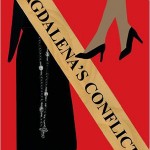
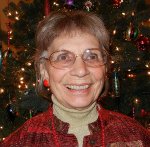
 Tags :
Tags : 
